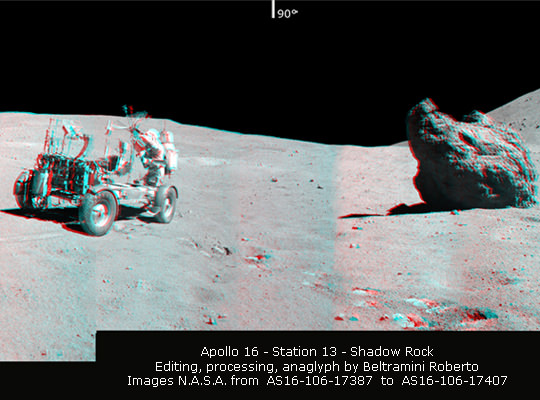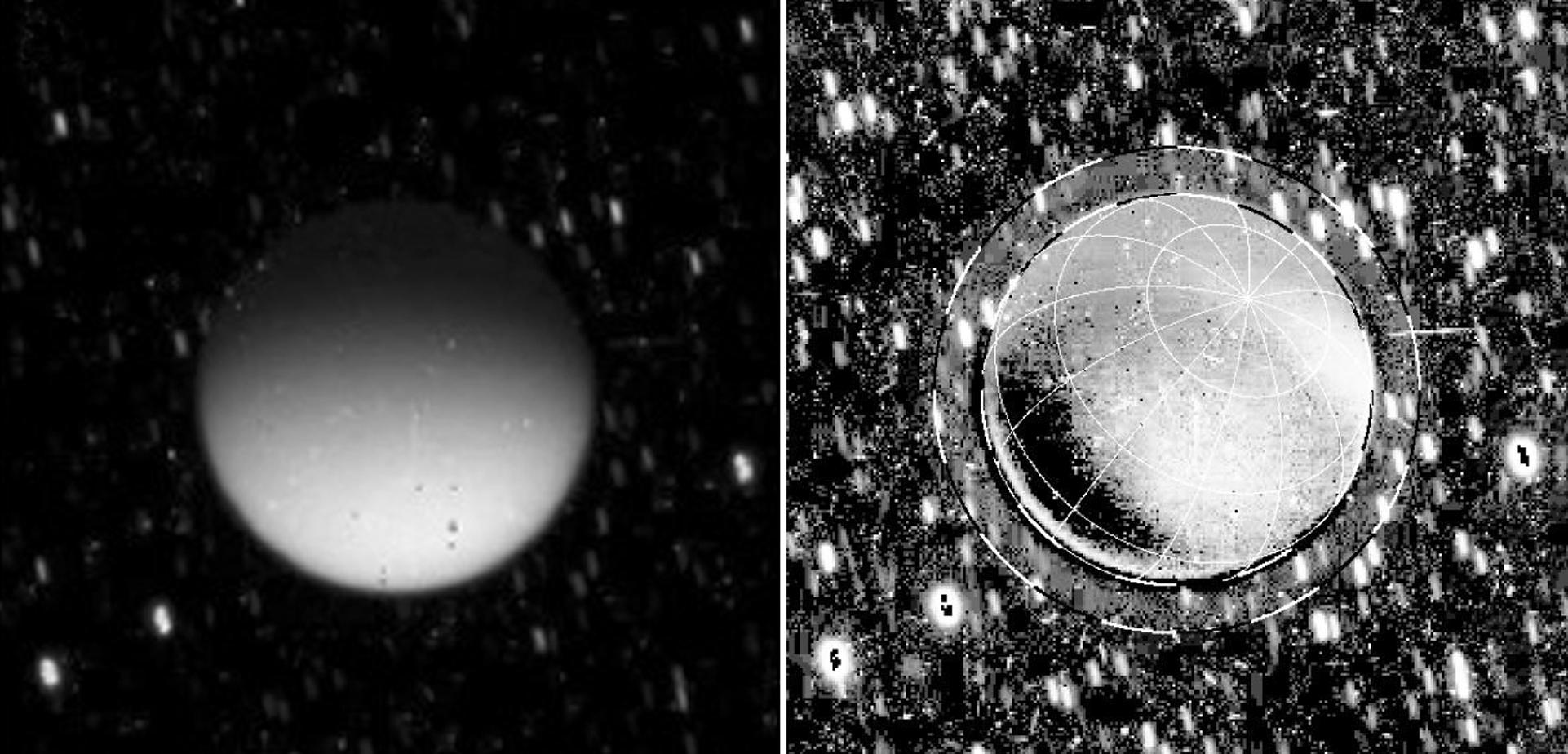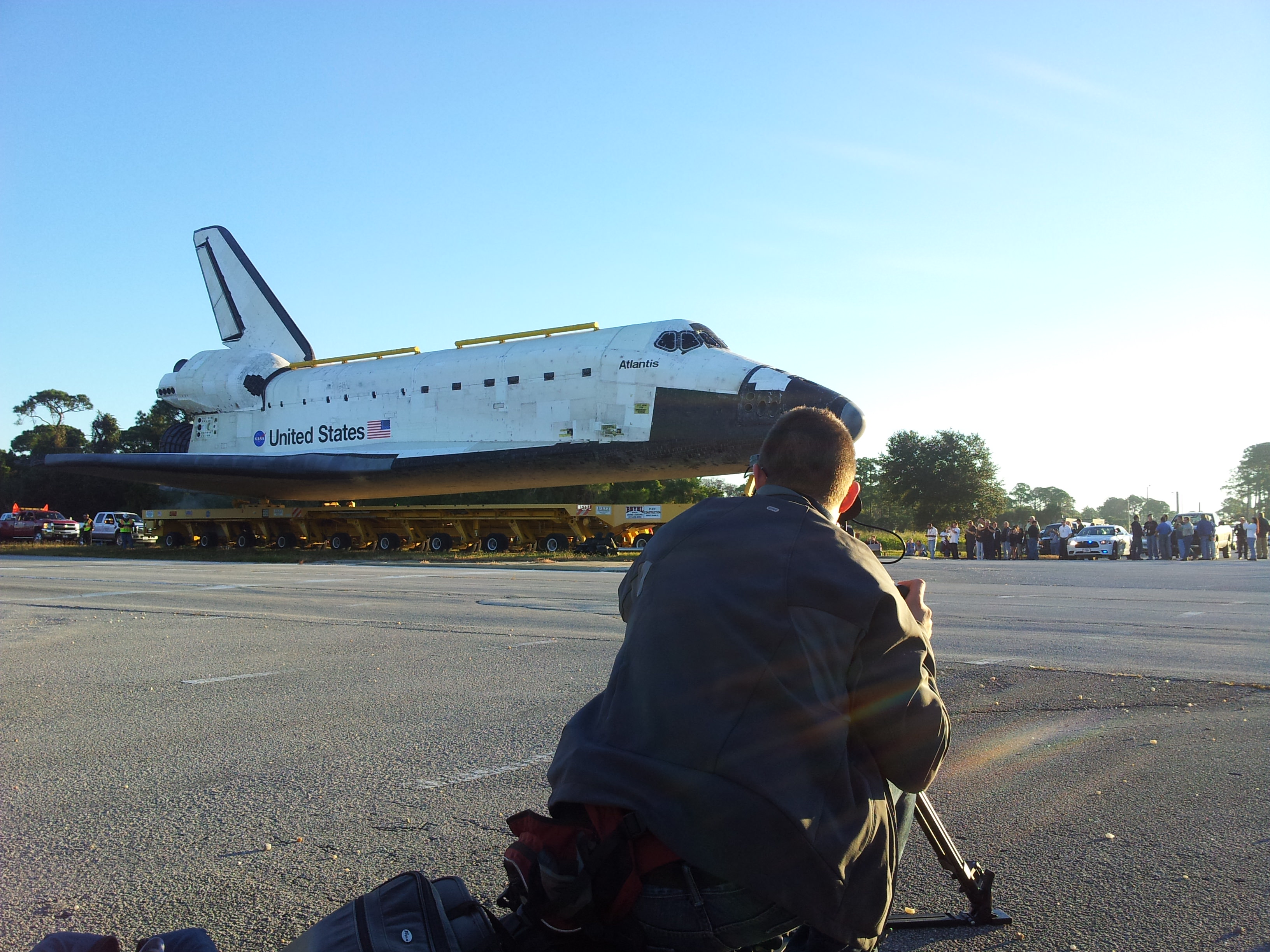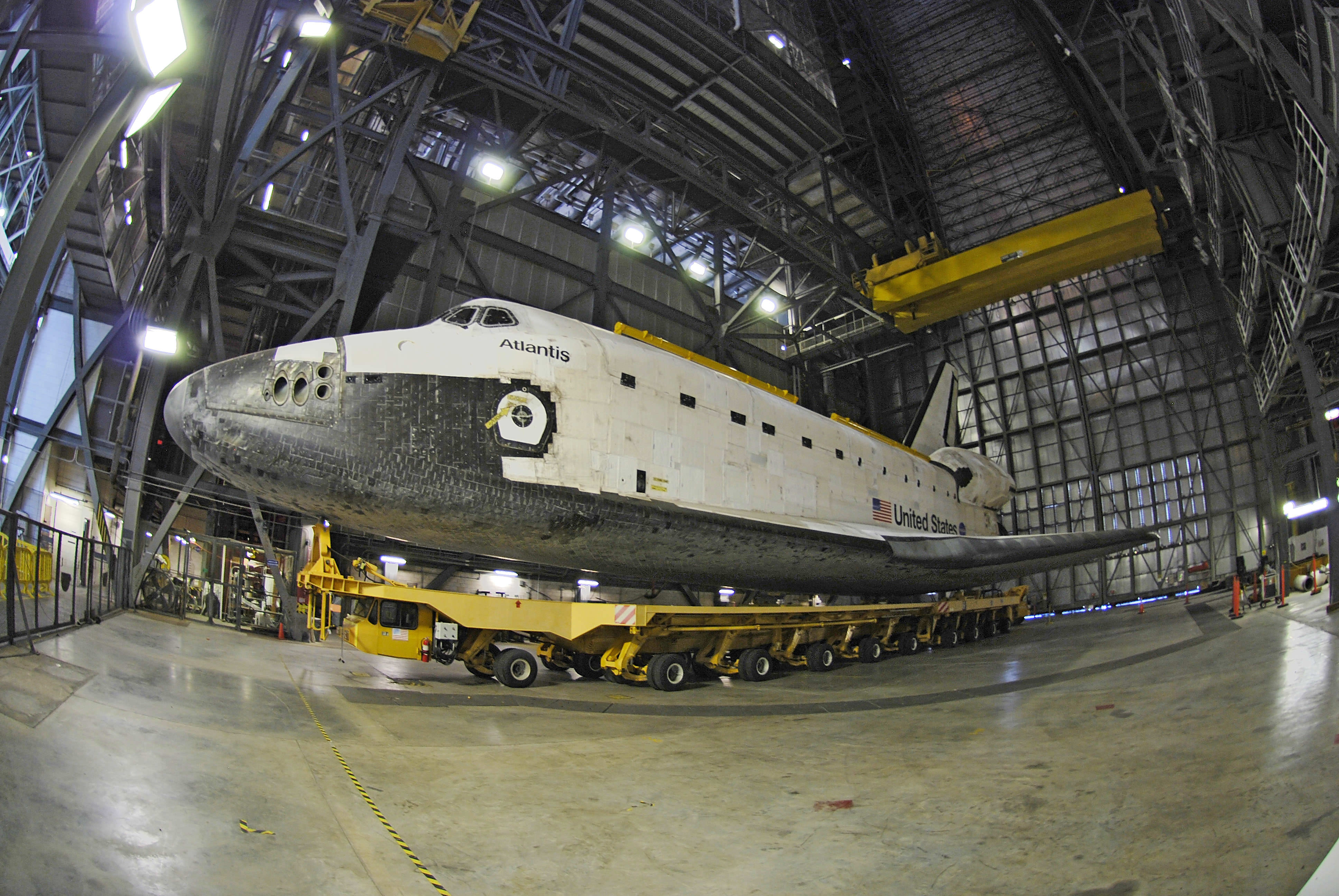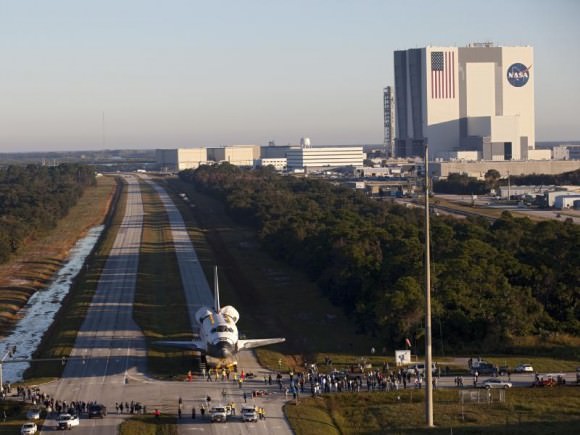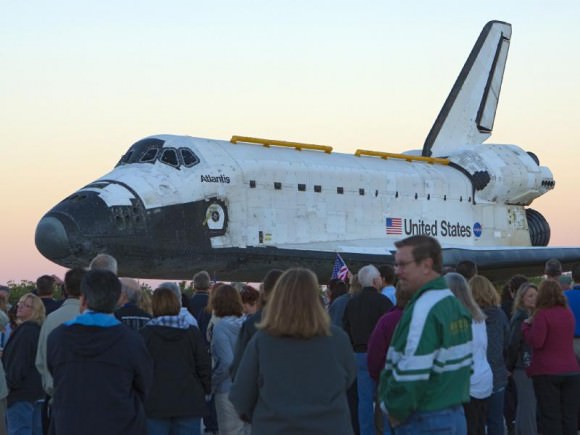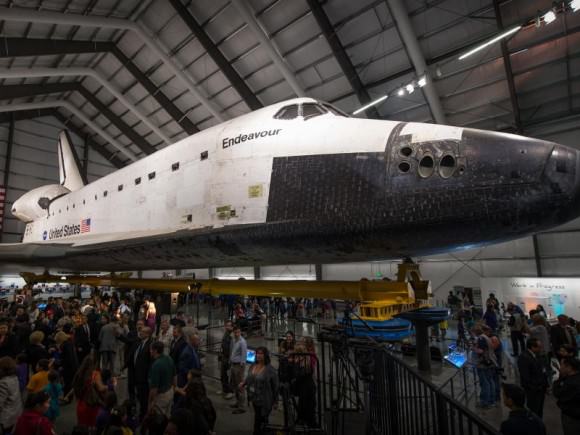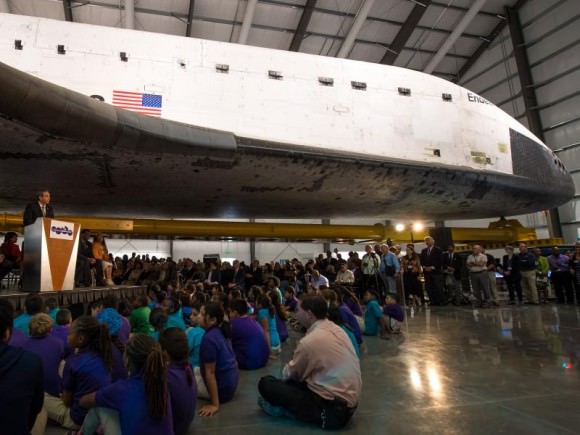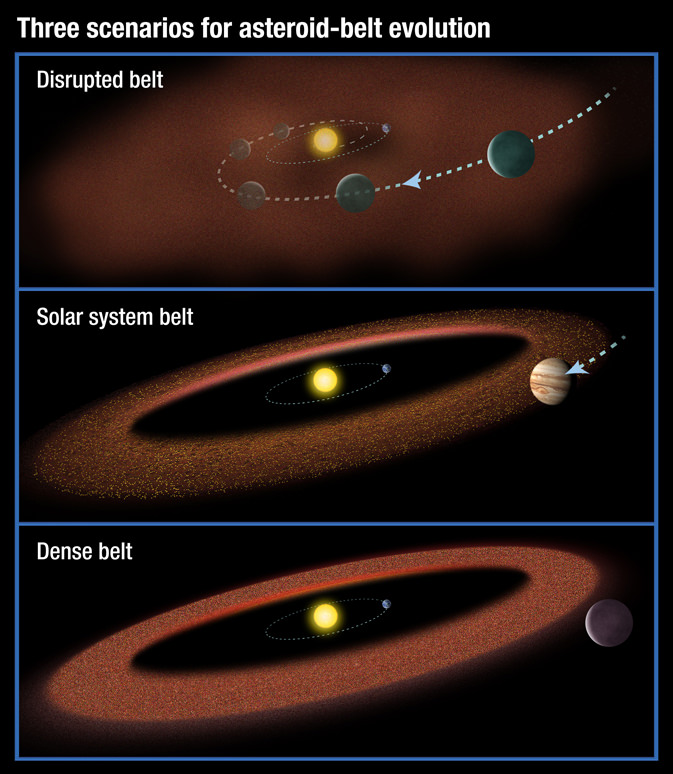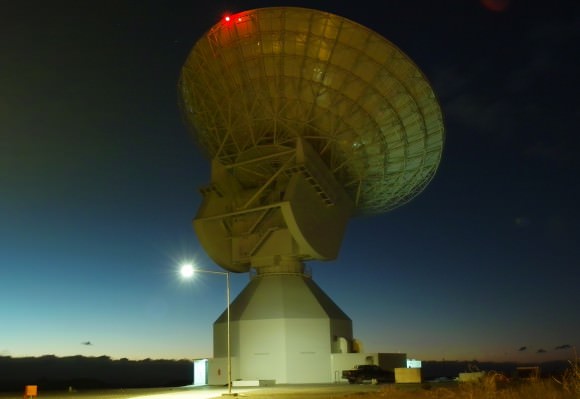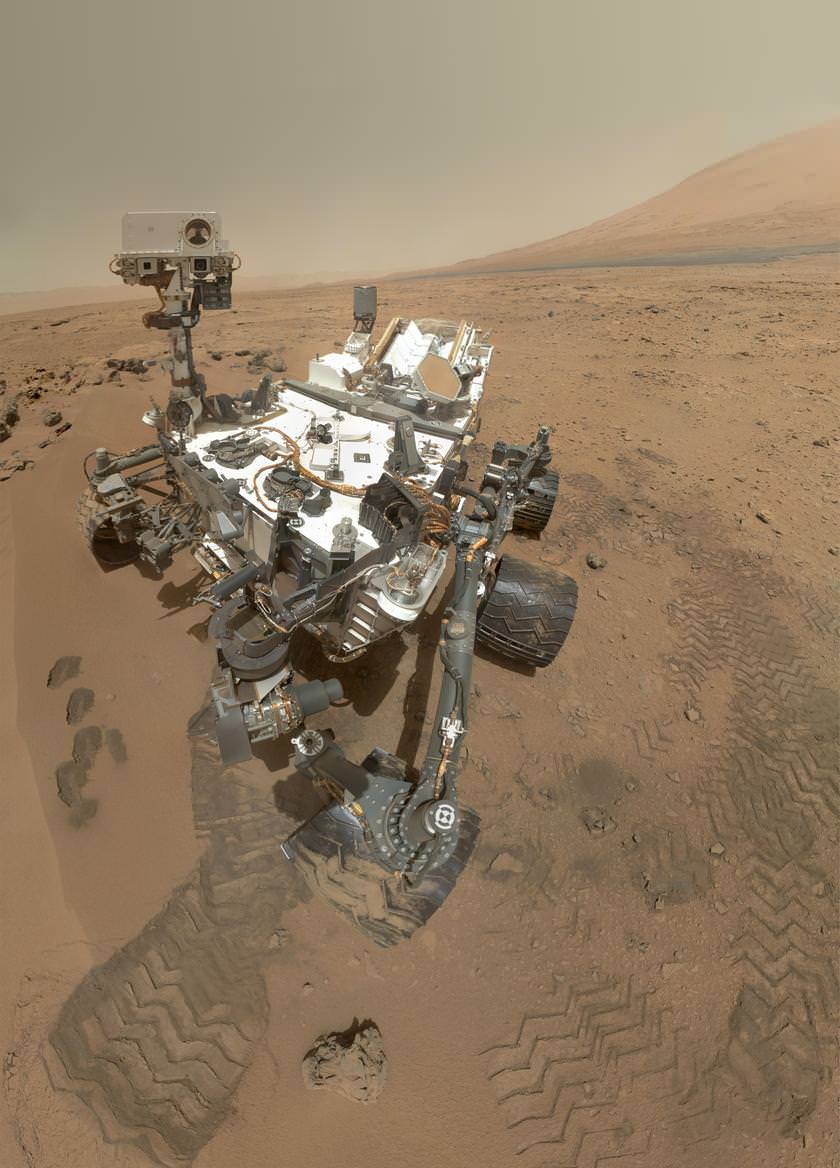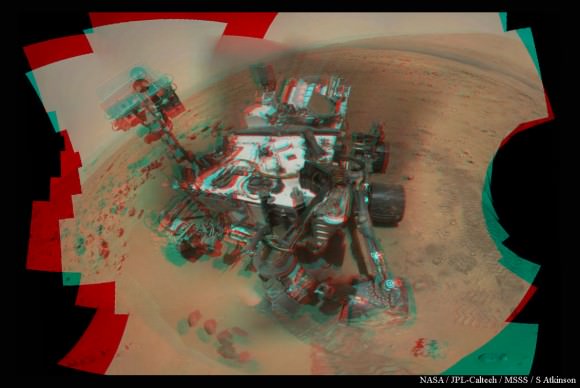Dealing with those who think the Apollo Moon landings never happened can be frustrating. Most of us just throw up our hands in exasperation, but Italian amateur astronomer Roberto Beltramini came up with a better idea: create a full 360-degree 3-D panorama of images from Apollo 16 to show “the true depth of the views taken by astronauts Apollo,” he said. “What better proof? This was the motivation that prompted me to start, but the spectacle and the interest in new ways of seeing the [Moon’s] wilderness, made me go farther.”
This panorama has now been put into a “Zoomify” making it fully interactive and lots of fun to explore. Grab your 3-D glasses, and you can find a rock and zoom in, follow the astronauts’ footprints and see one of the astronauts tinkering with the Lunar Rover. Click here and enjoy!
Beltramini’s initial plan was to create just a few 3-D anaglyghs, but once he got started, he just kept going. But of course, the Apollo 16 images taken by astronauts John Young and Charlie Duke as they walked, bounded and drove the lunar rover on the Moon’s surface were not originally taken with the intent to be made into 3-D view, making Beltramini’s job fairly difficult.
“The difficulty of making anaglyph, due to the shots not performed specifically for the purpose, may have dampened the attempts of other enthusiasts,” he writes on the website for amateur astronomy group in Viareggio, in the Tuscany region of Italy (Gruppo Astronomico Viareggio.) “To overcome this obstacle, I had to work adapting the pairs of pictures with graphics programs, cropping, resizing, by cleaning scratches and stains present because of the scans on the original story. Other marks are very annoying problem, that is, the black crosses placed at regular intervals in photographs taken during the Apollo missions that I had to delete one by one to avoid that interfere with 3D viewing.”
But over time he figured out how to make it work, “thanks to the phenomenon of rotation around a nodal point during the panning of the Apollo missions is possible, if there is plenty of overlap of the images, create a 3D 360 degree panorama,” he told Universe Today.
Apollo 16 was the fourth mission to land on the moon and launched on July 26, 1971, and the astronauts returned to Earth on August 7. Find out more about Apollo 16 here.

